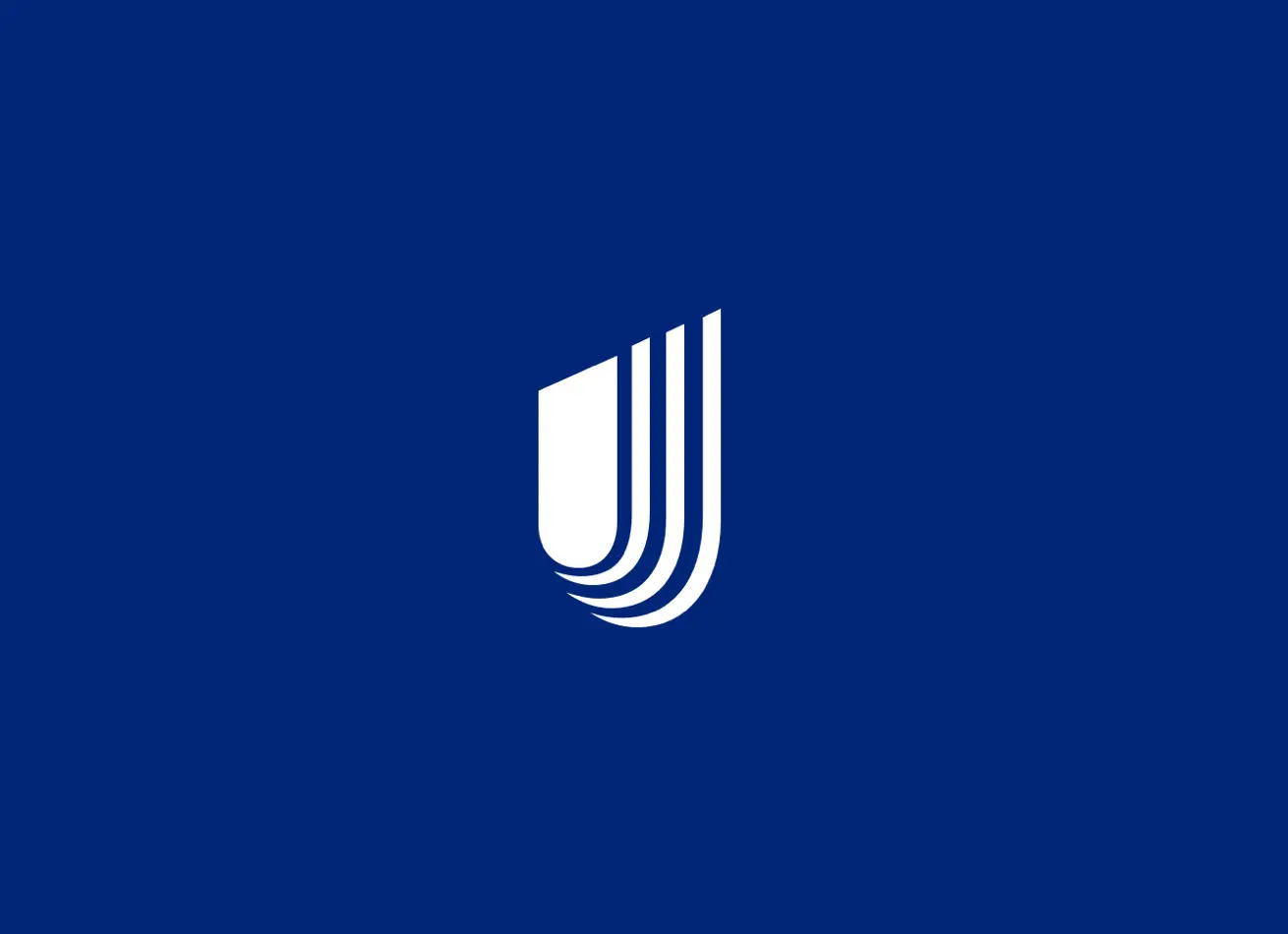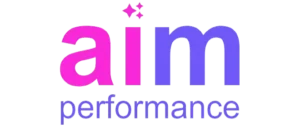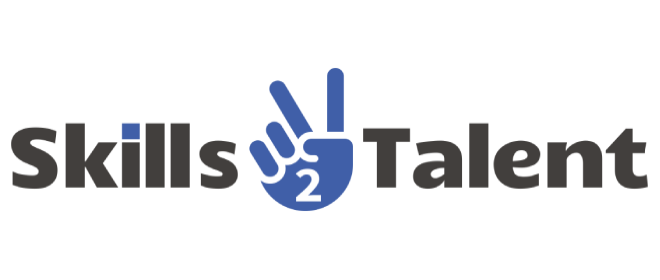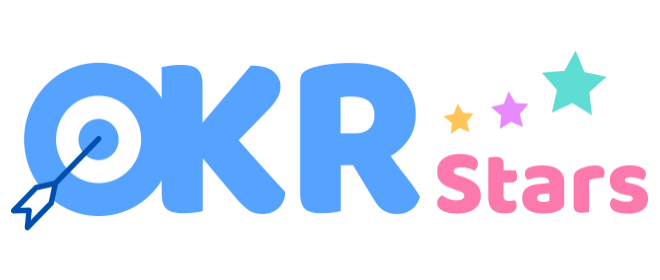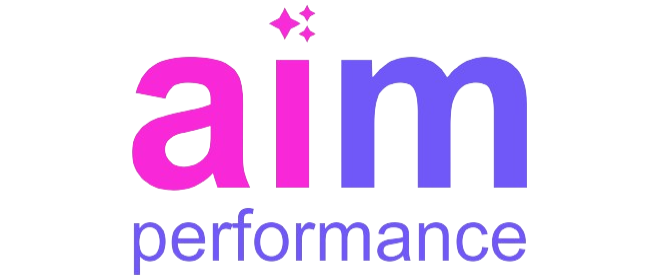Introduction: Bridging the Gap in Peer Review Across Workforce Categories
Performance management is a vital tool for fostering a culture of continuous improvement and accountability in organizations. One of the most powerful components within this system is peer review, a process where employees evaluate each other’s performance. In this blog post, we will explore how performance management enhances peer assessment for white-collar, grey-collar, and blue-collar workers, ensuring a cohesive and productive work environment.
Understanding Peer Review in Performance Management
Peer review is an essential aspect of performance management, enabling employees to provide constructive feedback to one another. This process is particularly beneficial in diverse workforces, where white-collar, grey-collar, and blue-collar employees have distinct roles and responsibilities. By facilitating peer review, performance management helps bridge the gap between these workforce categories, fostering mutual respect and understanding.
Through regular assessments, employees gain insights into their strengths and areas for improvement, leading to a more balanced and effective team. Performance management systems that incorporate this feedback process also promote transparency and fairness, as feedback is sourced from multiple perspectives.
Enhancing White Collar Peer Review Through Performance Management
White-collar employees often engage in tasks that require analytical thinking, creativity, and decision-making. In this context, performance management can greatly enhance the peer review process by providing structured criteria and clear expectations. This ensures that feedback is focused, relevant, and aligned with the organization’s goals.
For white-collar workers, being evaluated by their peers through a structured system can lead to increased innovation and collaboration. When employees know that their contributions will be reviewed by their colleagues, they are more likely to strive for excellence, knowing that their efforts will be recognized and valued by those they work with closely.
Improving Grey Collar Peer Review with Targeted Feedback
Grey-collar workers, who typically balance technical tasks with administrative duties, benefit from performance management systems that offer targeted peer review processes. These reviews can focus on both technical skills and interpersonal abilities, ensuring a comprehensive evaluation of each employee’s performance.
By incorporating peer-based evaluations into performance management for grey-collar employees, organizations can ensure that feedback is both relevant and actionable. This targeted approach helps in identifying specific areas for improvement, enabling grey-collar workers to enhance their skills and contribute more effectively to the team’s success.
Boosting Blue Collar Peer Review with Structured Performance Management
Blue-collar employees, who are often involved in manual labor and production tasks, require a different approach to peer review. Performance management systems that include peer evaluations for blue-collar workers should focus on practical skills, teamwork, and adherence to safety standards.
Structured evaluation processes within performance management ensure that feedback is fair and objective, allowing blue-collar workers to understand how their performance impacts the overall productivity and safety of the workplace. This not only boosts individual performance but also fosters a sense of teamwork and mutual support among blue-collar employees.
Implementing Consistent Metrics Across the Workforce
A key aspect of successful evaluations is the consistency of metrics used across different workforce categories. Performance management systems can standardize the criteria for assessments, ensuring that all employees, whether white-collar, grey-collar, or blue-collar, are evaluated based on fair and relevant standards.
By implementing consistent metrics, organizations can ensure that peer review is an effective tool for enhancing performance across the board. This uniform approach also helps in maintaining fairness, as all employees are held to the same standards, regardless of their role.
Leveraging Technology for Effective Feedback Processes
Technology plays a significant role in modern performance management, particularly in facilitating peer review processes. Advanced software solutions can streamline the collection, analysis, and reporting of peer feedback, making the process more efficient and transparent.
For white-collar employees, performance management tools can track peer assessments on projects and collaboration efforts. Grey-collar workers can benefit from technical assessment tools that incorporate feedback from their peers. Blue-collar employees can use apps to provide and receive input on productivity, safety, and teamwork.
Fostering a Culture of Accountability and Continuous Improvement
Performance management is not just about evaluating past performance; it’s about fostering a culture of accountability and continuous improvement. Peer evaluations, when integrated into performance management, encourage employees to take ownership of their development and actively contribute to the growth of their colleagues.
For white-collar employees, this might involve setting higher standards for creativity and problem-solving. Grey-collar workers may focus on improving technical skills and compliance, while blue-collar employees can work on enhancing productivity and safety, knowing that their peers are also committed to these goals.
Aligning Evaluations with Organizational Goals
One of the primary benefits of integrating peer assessments into performance management is the alignment of individual performance with organizational goals. For white-collar employees, feedback can be aligned with strategic initiatives, such as innovation and project management. For grey-collar workers, the focus might be on operational efficiency and compliance, while blue-collar employees concentrate on productivity and safety standards.
By aligning feedback with broader organizational objectives, performance management helps ensure that all employees are working towards the same goals, creating a unified and motivated workforce.
Conclusion: The Impact of Performance Management on Peer Review
In conclusion, performance management plays a crucial role in enhancing peer review processes for white-collar, grey-collar, and blue-collar employees. By implementing tailored strategies, leveraging technology, and fostering a culture of continuous improvement, organizations can ensure that peer review is a valuable tool for driving performance and achieving organizational success.
Performance management not only helps in providing constructive feedback but also in creating a cohesive and productive workforce where every employee feels valued and empowered.



